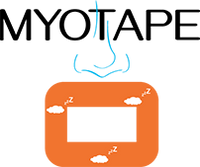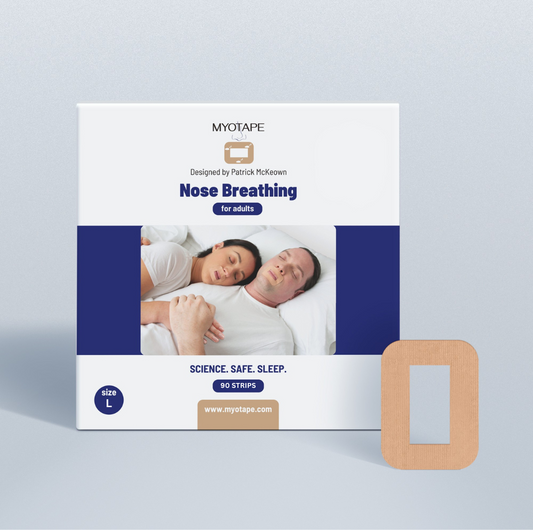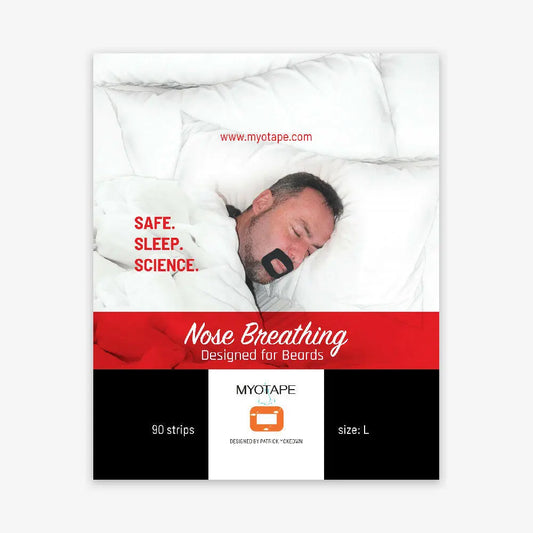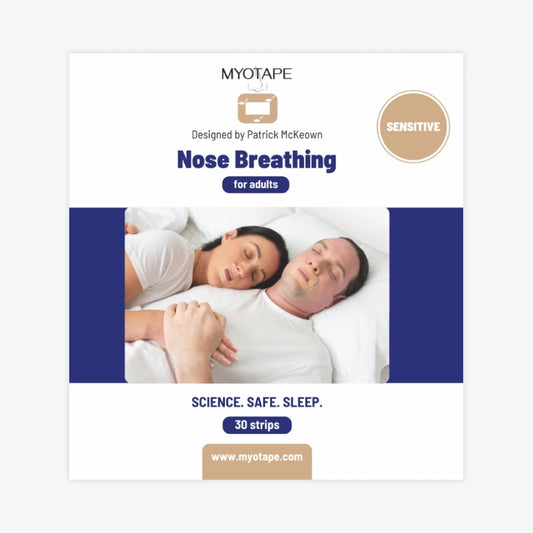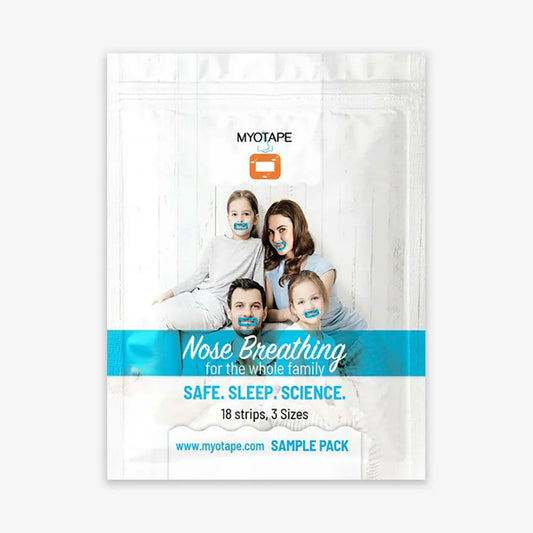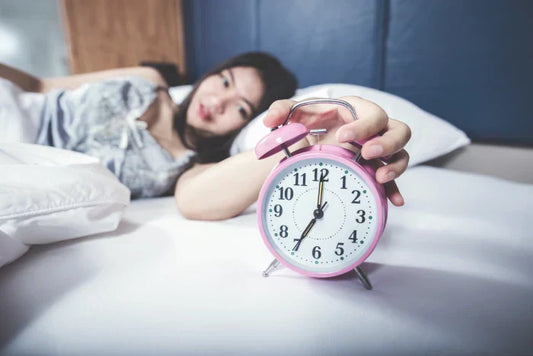Getting enough sleep is essential for your health. But just being in bed for hours doesn’t always mean you’re well-rested. Many people wake up tired, even after a full night in bed. This can be confusing and frustrating.
The answer may lie in what is called sleep efficiency. Sleep efficiency helps you find out if you’re truly resting, as it shows how much of your time in bed is actually spent sleeping.
In this article, you’ll learn what sleep efficiency is, what a normal percentage looks like, and how to improve it.
What Is Sleep Efficiency?
Sleep efficiency is defined as the percentage of time you spend actually sleeping while you’re in bed, not just lying awake or trying to fall asleep.
Let’s use Emily as an example. Emily gets into bed at 10 p.m., but she often spends more than an hour trying to fall asleep or waking up to urinate. Even though she’s been in bed for a long time, her actual sleep is much less. This means her sleep efficiency is low, and she wakes up feeling tired all day and unrested.
Sleep efficiency is important because it shows the difference between just being in bed and actually sleeping. Many people think more time in bed means better rest, but that’s not always true. Sleep efficiency helps you see if your sleep is truly restful.
When you compare sleep efficiency vs quality, you’ll see that efficiency focuses on how well you use your time in bed, while quality also includes how deep or restful your sleep is. Tracking sleep efficiency can help you spot problems and start making improvements to your nightly routine.
How Is Sleep Efficiency Measured?
If you’re wondering how sleep efficiency is measured or how sleep efficiency is calculated? Here’s a quick guide:
- Formula: Sleep efficiency is measured by dividing your total sleep time by your total time in bed (while trying to sleep), then multiplying by 100 to get a percentage.
- Example: If Emily is in bed for 8 hours (480 minutes) but only sleeps for 6.5 hours (390 minutes), her sleep efficiency is (390 ÷ 480) × 100 = 81%.
Tools to measure sleep efficiency:
- Polysomnography: A sleep study in a clinic that tracks your sleep stages and wake times.
- Sleep trackers: Devices like WHOOP provide whoop sleep efficiency data, giving you daily feedback at home.
What to include: Only count the time spent trying to sleep or actually sleeping. Time spent reading, texting, or watching TV in bed should not be included in the calculation.

What Is a Normal or Good Sleep Efficiency Percentage?
Most healthy adults have a sleep efficiency of about 85 percent or higher. But what does this mean in everyday life? Imagine you go to bed at 10 p.m. and get up at 6 a.m.
That is 8 hours in bed. With 85 percent sleep efficiency, you would spend about 6 hours and 48 minutes actually sleeping. The rest of the time, around 1 hour and 12 minutes, would be spent awake either trying to fall asleep or waking up during the night.
For many young adults, the average sleep efficiency can be even higher, sometimes above 90 percent. If your sleep efficiency is 90 percent, you would get about 7 hours and 12 minutes of real sleep out of 8 hours in bed. This usually means you fall asleep quickly and stay asleep most of the night.
As people get older, sleep can become more fragmented with more frequent wake ups or trips to the bathroom. This often lowers sleep efficiency, and it is normal for older adults to see their numbers drop a bit.
Still, aiming for at least 85 percent is a good goal for most people. If you notice you are in bed for 8 hours but only sleeping for 6, your sleep efficiency is lower than average. This can leave you feeling less rested even after a full night in bed.
What Is Decreased Sleep Efficiency?
Decreased sleep efficiency means you spend more time awake in bed and less time actually sleeping. This can happen for many reasons including stress, frequent urinating, insomnia, or certain health problems.
Pregnant women and older adults often find their sleep efficiency drops because they wake up more often during the night.
When sleep efficiency is low, sleep quality usually suffers too, leading to sleep debt. People may wake up feeling tired, have trouble focusing, or feel more irritable during the day.
In sleep studies, low sleep efficiency is a key sign of insomnia, and doctors often use it to track how well someone is sleeping over time. Improving sleep efficiency can lead to better sleep quality, more energy, and a better mood throughout the day.
Sleep Efficiency vs. Sleep Quality
Sleep efficiency and sleep quality are closely connected, but they are not the same thing. Sleep efficiency measures how much of your time in bed is spent sleeping. It gives you a simple number to track.
Sleep quality, on the other hand, is about how deep and restful your sleep is and how good you feel when you wake up.
It is possible to have high sleep efficiency but still wake up tired if your sleep quality is poor. This can happen if you wake up a lot during the night or do not get enough deep sleep.
On the other hand, you might sleep deeply but take a long time to fall asleep, which lowers your efficiency. Working on both sleep efficiency and sleep quality can help you get better rest and feel more refreshed each day.

10 Tips to Improve Your Sleep Efficiency
Learn how to improve your sleep efficiency with these simple and practical tips:
1. Get morning sunlight
Getting outside for 5–10 minutes of natural sunlight soon after waking helps set your body’s internal clock. This makes it easier to fall asleep at night and wake up feeling refreshed. Even sitting by a window can help if you can’t go outside.
2. Stick to a consistent sleep schedule
Try to go to bed and wake up at the same times every day, even on weekends. This will improve your sleep consistency.
And the regular routine helps your body know when it’s time to sleep and when it’s time to wake up, making sleep come more naturally.
3. Keep your bedroom dark
Light in your bedroom can confuse your brain and make it harder to fall asleep. Use blackout curtains and cover up any small lights from electronics to create a space that signals “sleep time” to your body.
4. Reduce noise
Noise can disturb your sleep, even if it doesn’t fully wake you up. Use earplugs or a white noise machine to help block out sounds and create a peaceful environment for better rest.
5. Limit screen time before bed
The blue light from phones, tablets, and TVs can interfere with your body’s production of melatonin, the hormone that helps you sleep. Try to turn off screens at least an hour before bed to help your body wind down.
6. Watch caffeine and alcohol
Caffeine can stay in your system for hours and make it hard to fall asleep. Avoid caffeine after midday. Alcohol might make you sleepy at first, but it disrupts deep sleep and can cause you to wake up during the night.
7. Avoid heavy meals late
Eating a large or heavy meal close to bedtime can make it harder to fall asleep and may cause discomfort. Try to finish eating at least two hours before you go to bed. Also, do not drink too much water or fluid before sleeping.
8. Exercise regularly
Moving your body during the day helps you sleep better at night. Aim for about 30 minutes of moderate exercise most days, but try not to exercise right before bed as it can make you feel too alert.
9. Wind down with a routine
A calming bedtime routine signals to your mind and body that it’s time for sleep. Activities like reading, stretching, or a warm bath can help you relax and prepare for rest.
10. Practice slow breathing and support nasal breathing with MyoTape

How you breathe at night matters. Nose breathing helps keep your airways open and promotes better sleep quality, while mouth breathing can cause fragmented, less efficient sleep.
A small study found that practicing slow, paced breathing for 20 minutes before bed helped people fall asleep faster, wake up less often, and spend more time in restful sleep. This means better overall sleep efficiency.
Breathing through your nose, rather than your mouth, also plays a key role in sleep quality. Nose breathing helps keep your airways open and supports deeper sleep, while mouth breathing can lead to more fragmented sleep.
MyoTape is designed to gently encourage nasal breathing during sleep, helping you enjoy these benefits and wake up feeling more refreshed.
You Can Get Better Sleep Efficiency with MyoTape
Improving your sleep efficiency isn’t just about getting more hours in bed, but about making every minute of your sleep count. Small changes in your habits and environment can greatly improve your sleep, but nasal breathing is one of the most effective and often overlooked ways to boost sleep efficiency.
MyoTape is the trusted sleep aid designed specifically to encourage gentle, safe nasal breathing all night long. Developed by breathing expert Patrick McKeown, MyoTape is comfortable, hypoallergenic, and suitable for everyone, including children, adults, and those with sensitive skin or facial hair.
Don’t let mouth breathing or restless nights hold you back. Make MyoTape part of your bedtime routine and experience the difference in your sleep efficiency, energy, and overall well-being.
